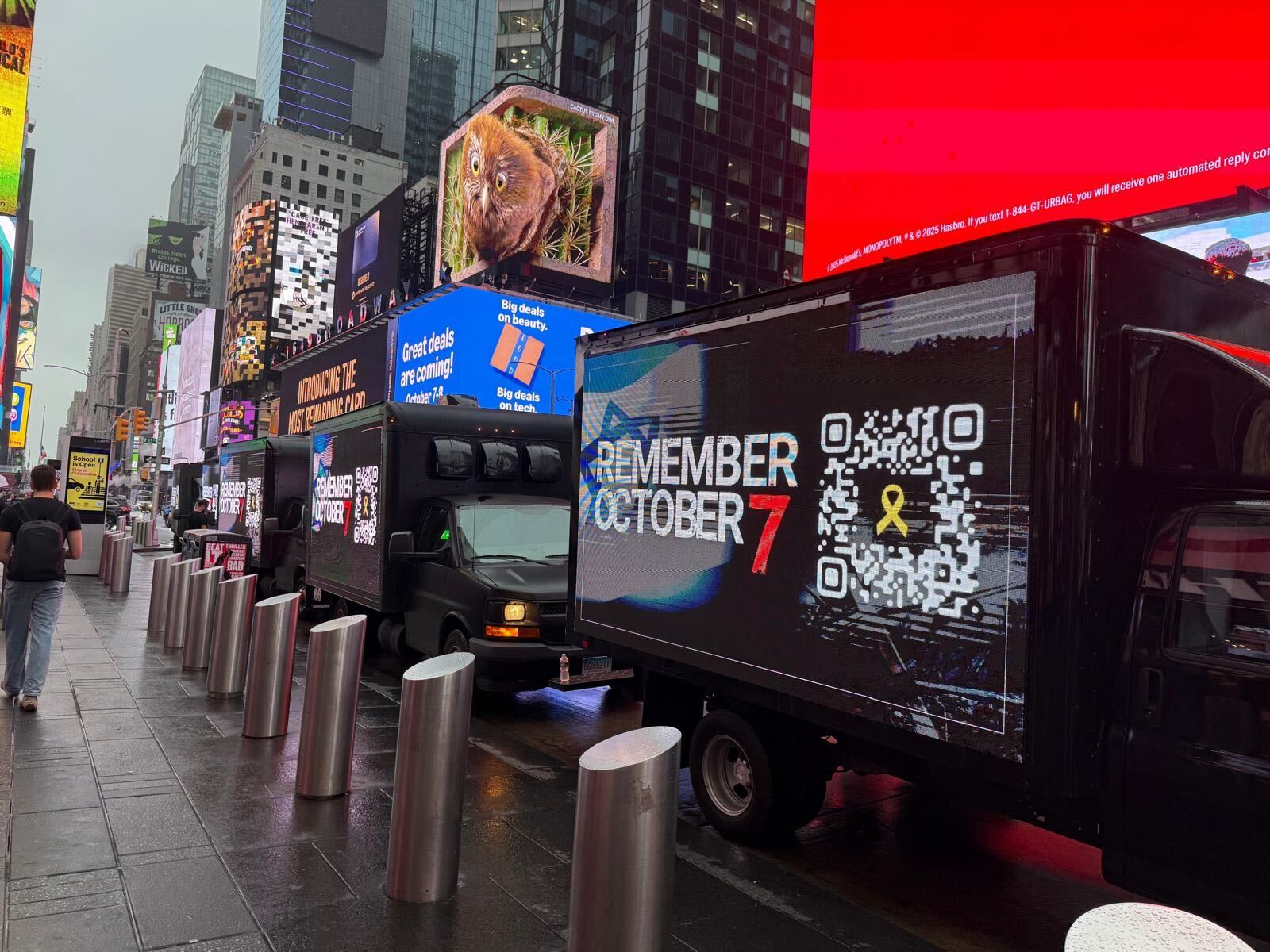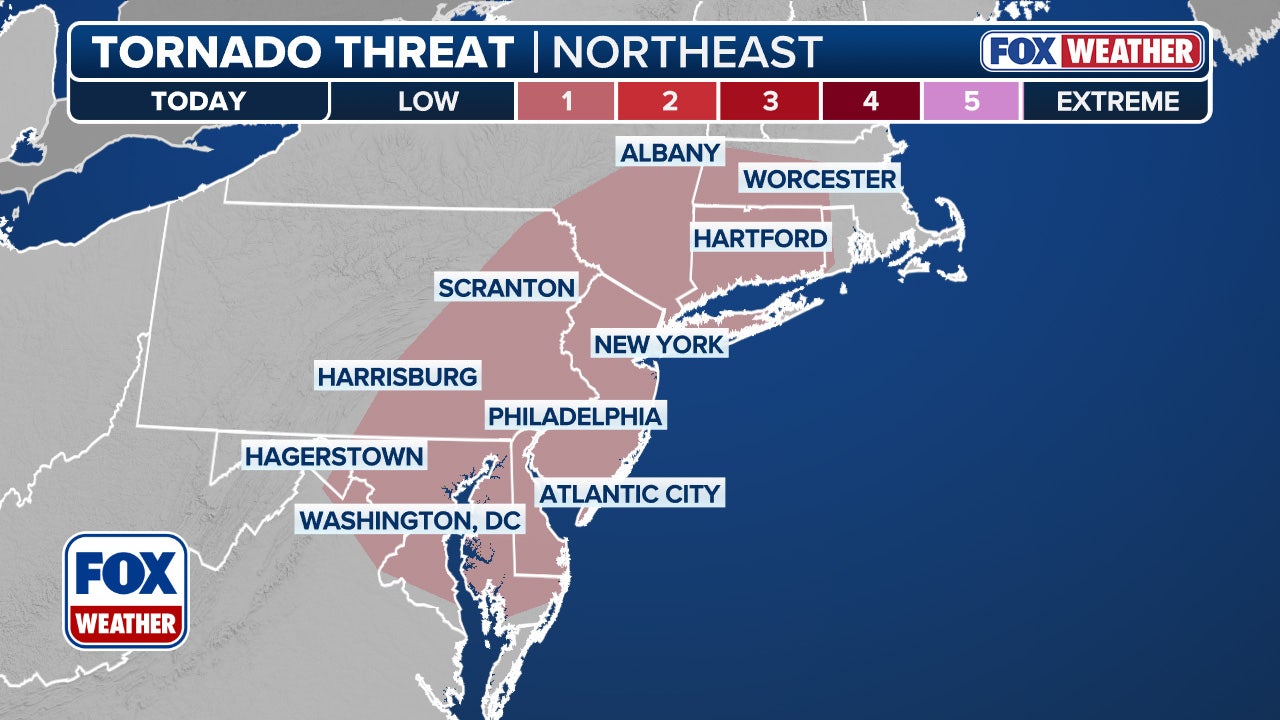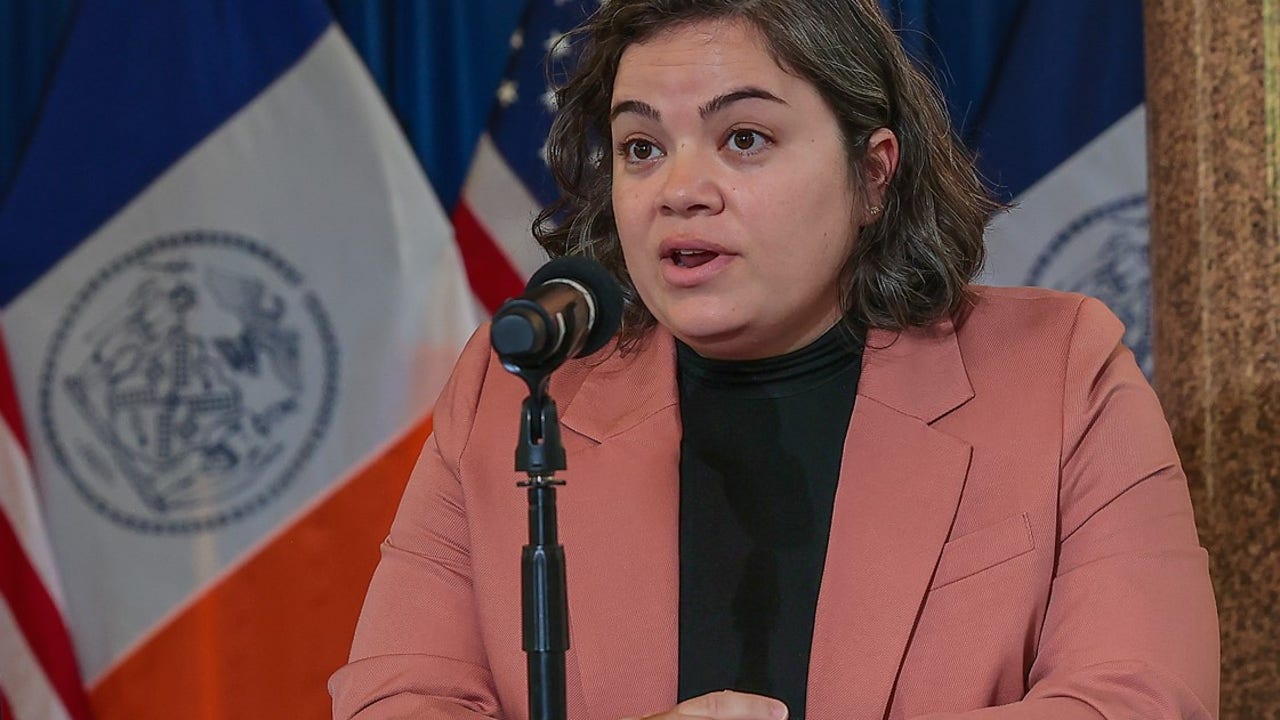NYC Congestion Pricing: Early Data Unveiled
Early data on NYC's congestion pricing program shows mixed results. A congestion pricing tracker, utilizing Google Maps data, reveals varying impacts across different routes since its January 5th launch.
Winners and Losers
Some areas experienced significant improvements:
- Ed Koch-Queensboro Bridge: Traffic has consistently improved since the program's launch, with faster commute times. <img src="https://www.amny.com/wp-content/uploads/2025/01/GettyImages-2192444525.jpg?w=1200" alt="Ed Koch-Queensboro Bridge traffic light during congestion pricing">
- Holland Tunnel and Lincoln Tunnel: New Jersey drivers saw faster commutes, particularly during peak hours.
- Queens Midtown Tunnel: Drivers experienced significantly reduced travel times compared to pre-congestion pricing averages.
However, other routes faced increased congestion:
- Hugh L. Carey (Brooklyn-Battery) Tunnel: Experienced a significant increase in travel times, with commuters reporting heavy backups. <img src="https://www.amny.com/wp-content/uploads/2025/01/GettyImages-1456942737.jpg?w=1200" alt="Hugh Carey Tunnel">
- FDR Drive: Significant traffic increases were observed, potentially due to drivers avoiding the congestion pricing zone.
Commuters' Experiences
Anecdotal evidence from New Yorkers supports the data. Staten Island resident Jeanette Stan noted increased congestion near the Hugh L. Carey Tunnel, while Filippa Grisafi, an express bus commuter, reported delays approaching the same tunnel. Mario Crescnezo experienced a slightly shorter commute from Staten Island to Long Island City but attributed remaining delays to reduced lanes on the BQE.
The Bigger Picture
The overall effectiveness of congestion pricing remains unclear. While some routes show improved traffic flow, others experienced significant worsening. The MTA is yet to release official data, and factors beyond congestion pricing, such as weather and double-parking, may be influencing the results. Further analysis is needed to determine the long-term impact of the program.


























Comments
Join Our Community
Sign up to share your thoughts, engage with others, and become part of our growing community.
No comments yet
Be the first to share your thoughts and start the conversation!